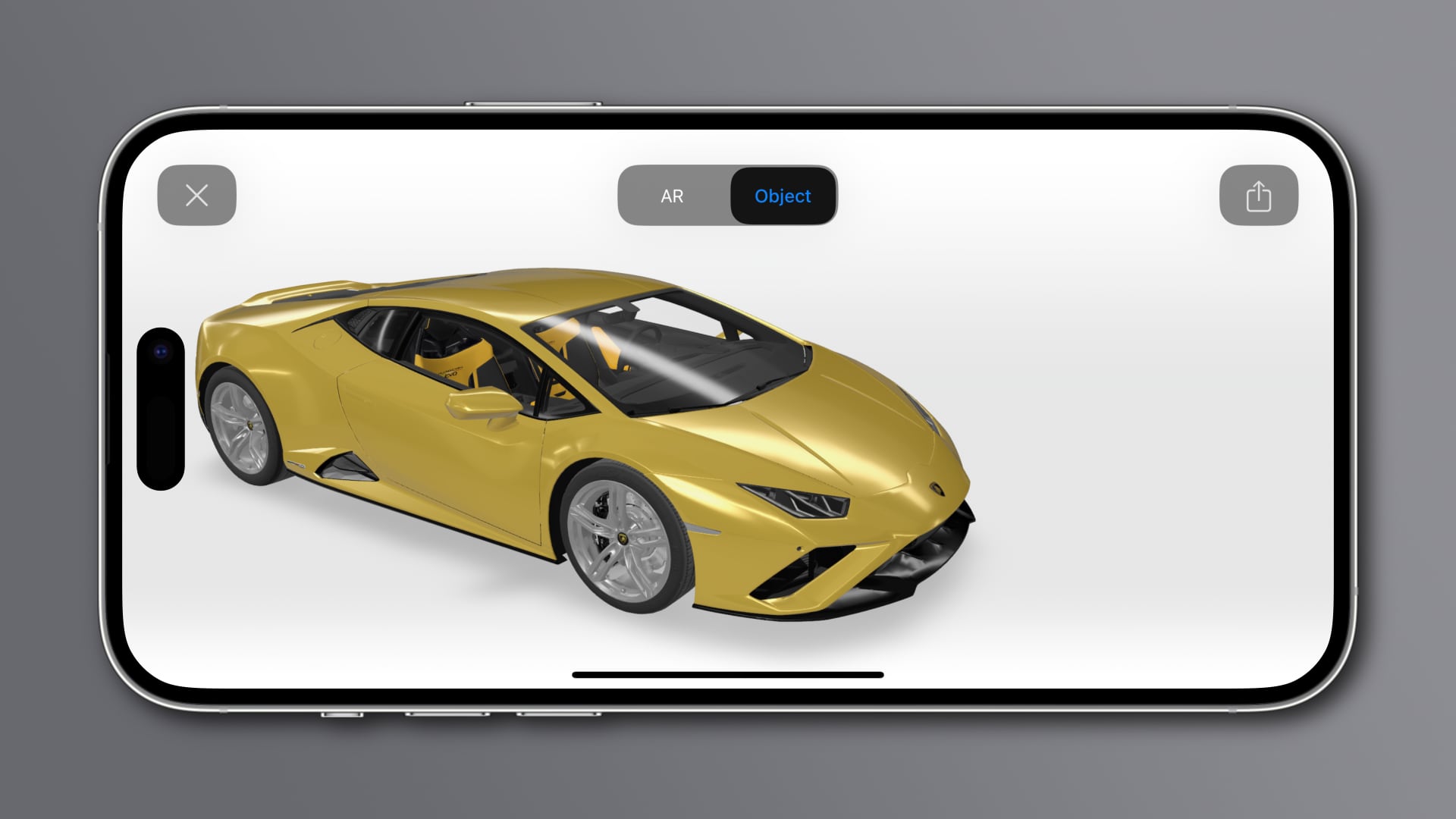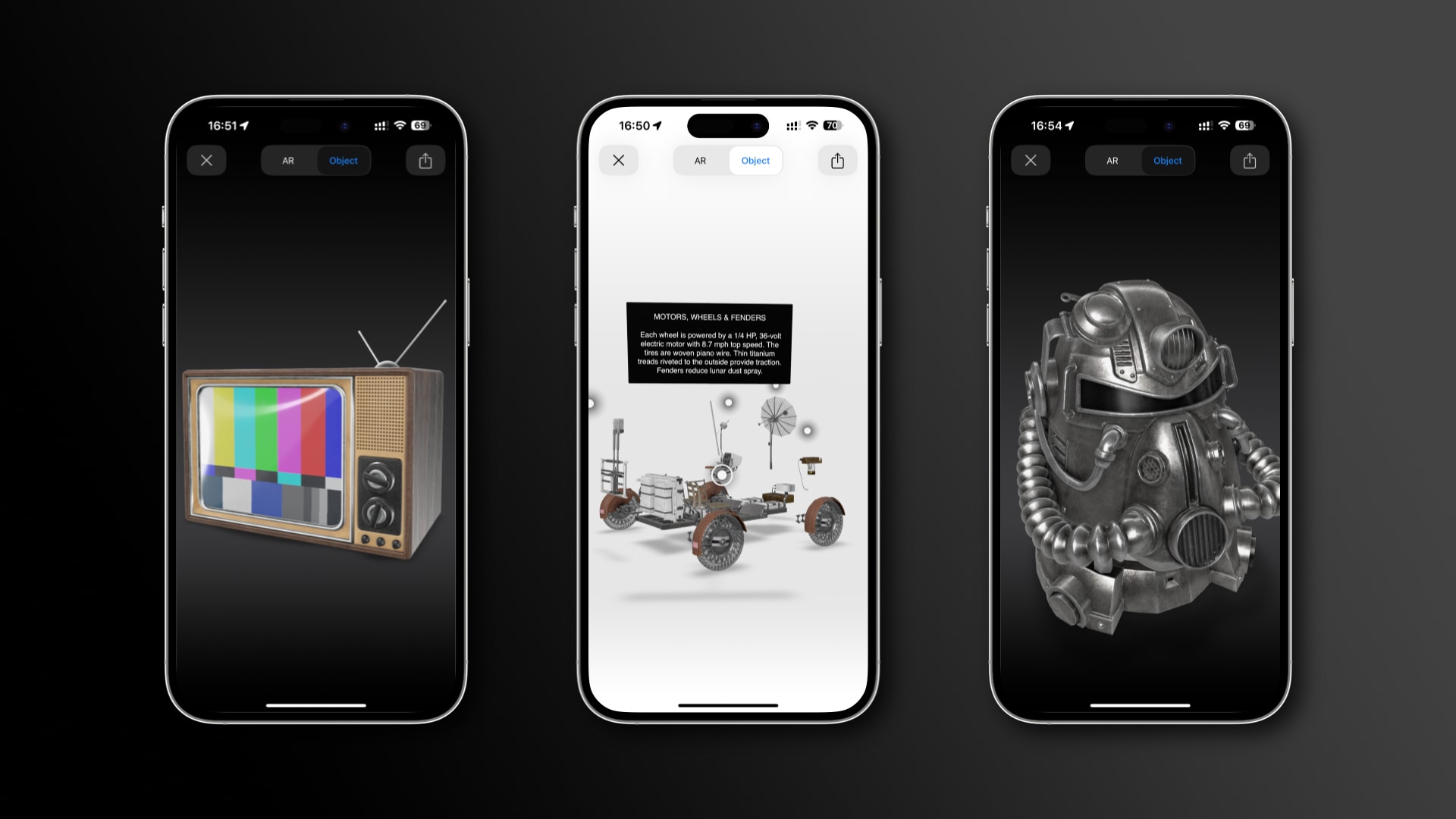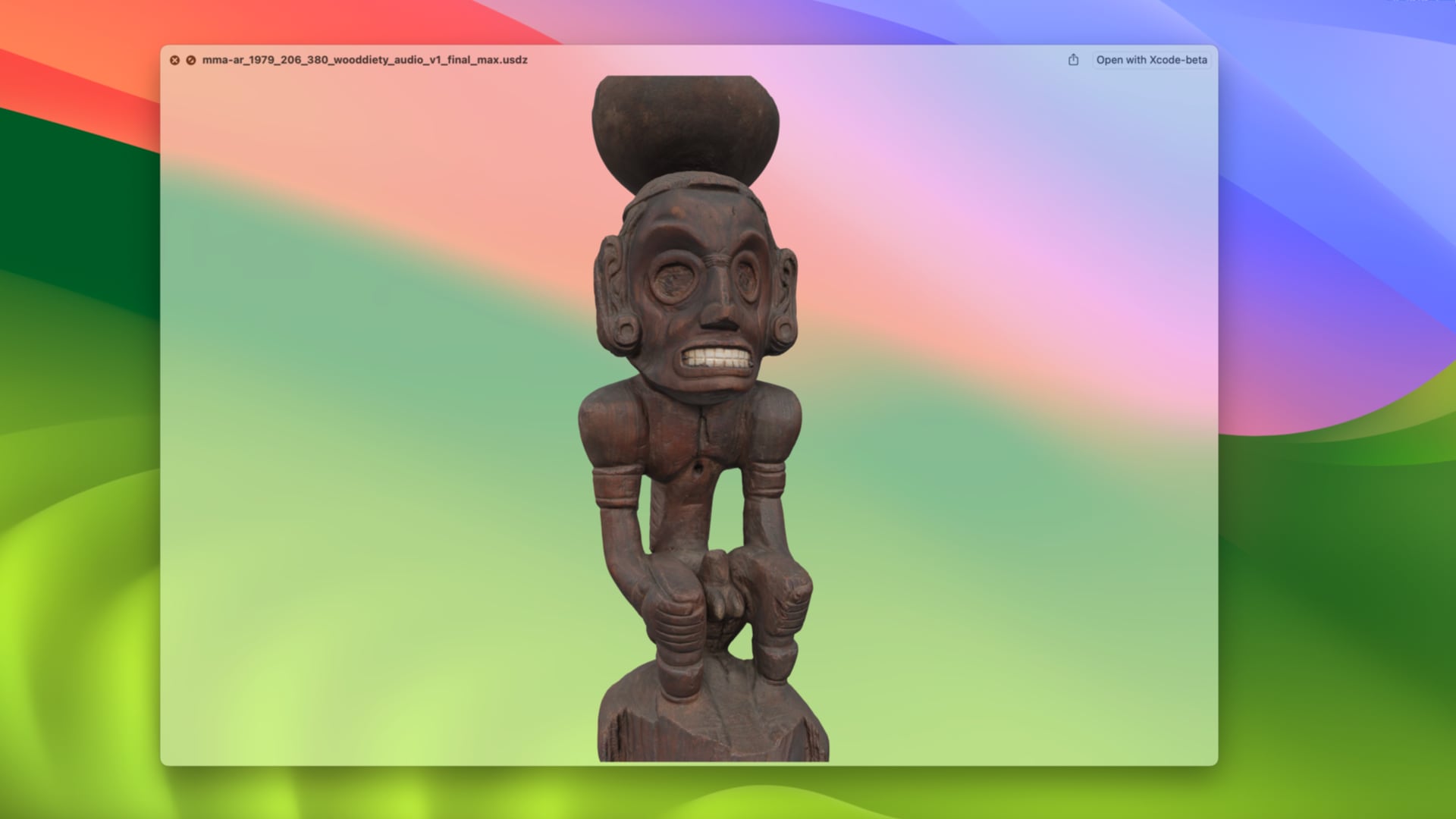Apple, Nvidia and others turning Pixar’s 3D technology into an international standard

Apple is working with other industry players to enhance and turn Pixar’s USD and OpenUSD formats for 3D scene description into an international standard.
The newly formed Alliance for OpenUSD will enhance and standardize the Universal Scene Description (USD) technology and file format conceived by Pixar.
Alliance members Pixar, Adobe, Apple, Autodesk and Nvidia will co-operate with the Joint Development Foundation (JDF), an affiliate of the Linux Foundation.
What is the Alliance for OpenUSD?
Announced on August 1, 2023, the Alliance for OpenUSD will “promote the standardization, development, evolution and growth of Pixar’s Universal Scene Description technology,” according to the Apple Newsroom announcement.
The effort’s goal is to standardize the various tools and file formats used in 3D content creation. According to the release, the alliance will enable those creating 3D content to describe, compose and simulate large-scale 3D projects.
“The alliance will develop written specifications detailing the features of OpenUSD” to increase compatibility. The project will be housed at Linux Foundation’s JDF and the end goal is to make OpenUSD recognized by ISO, with other companies welcome to participate in the initiative. Pixar open-sourced the OpenUSD project in 2016.
What is USD? How does it differ from USDZ?

Created by Pixar, USD and OpenUSD bring interoperability to tools, data and workflows. The iPhone maker uses USDZ, a variant of the USD standard, for AR and 3D content on its devices, including the Vision Pro AR/VR headset.
Apple’s developer documentation says USDZ was developed in collaboration with Pixar to further extend the USD format for AR use cases. The file format is also at the heart of Apple’s new Reality Composer Pro tool for previewing and preparing 3D content for Vision Pro apps. To learn more, visit the project’s website at aousd.org.
How to view Pixar’s USD file format on Apple devices

Apple’s operating systems and apps like Safari, Messages, Mail, News and Notes are fully compatible with USDZ—you can preview USDZ files of virtual objects in 3D or AR on Apple devices without requiring additional software. Point Safari on your iPhone and iPad at Apple’s Quick Look Gallery webpage to test this.
Hit any 3D object on the page to preview it on your device in 3D or AR. On a Mac, clicking an object will download the underlying file with the .reality or .usdz extension. You can then use the built-in QuickLook feature to preview it.

Select an USDZ file in the Finder and press the Space bar to launch a QuickLook preview. You can now interact with the object.
Move the pointer in any direction while holding the mouse button to rotate the object across all axes or use pinching to zoom in or out. To close the preview, hit the Space bar again. Read our tutorial to make the most of Quick Look previews.
Examples of 3D objects in the USDZ format
Other companies have embraced the USDZ format on the web. Changes are if a company’s website has a 3D preview of a product on its website that it’s a USDZ file. Google search will surface similar online repositories of USDZ objects.
Check out these notable examples:
- The Metropolitan Museum of Art’s Zemí Cohoba stand
- Lamborghini’s Huracán EVO RWD Spyder vehicle
- Bang & Olufsen’s Beosound 2 speaker
- Bethesda’s T-51 power armor statue and speaker
Be sure to visit those pages using Safari on iPhone, iPad or Mac to preview the above 3D objects. Google search will surface similar online repositories of USDZ objects.
Source link: https://www.idownloadblog.com/2023/08/01/apple-pixar-usd-file-format-standardization-openusd-alliance-announcement/



Leave a Reply